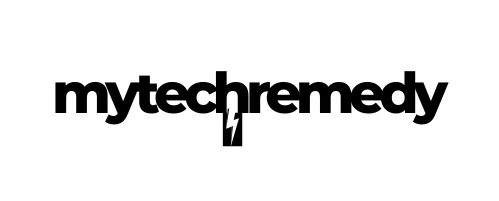Sales Forecasting in Excel: A Modern Take on an Old Tool
Ah, Excel. The old faithful in the toolkit of many a professional. It’s that reliable friend who shows up at every meeting, quietly competent, yet often underestimated. While the world buzzes with AI and machine learning advancements, the good old spreadsheet still holds its ground. The truth is, when it comes to sales forecasting in Excel, there’s a lot more happening under the hood than meets the eye.
Beyond Rows and Columns
Excel is more than just grids and formulas. It’s a canvas for data artists. But let’s not get carried away with metaphors. Instead, let’s look at its transformative potential for sales forecasting. In a landscape dominated by predictions and projections, Excel remains a steadfast ally. It’s a tool that, despite its age, continues to evolve—thanks to its adaptability and the creativity of its users.
The Transformative Leap
Why does Excel still matter? The secret lies in its flexibility. Excel doesn’t try to be more than it is; it doesn’t aim to replace sophisticated AI models. Instead, it complements them. Think of it as the bridge between raw data and actionable insights. While AI may offer flashy predictions, it’s Excel that often grounds these insights into reality, offering a tangible format that decision-makers can grasp.
Sales forecasting in Excel allows for a hands-on approach. It’s like being a chef who insists on kneading the dough by hand rather than using a machine. Each formula, each pivot table, is crafted with intention. This manual touch not only provides a better understanding but also instills confidence in the results.
Actionable Insights: A Hands-On Approach
For those at the intersection of AI and ecommerce, leveraging Excel in sales forecasting offers a unique advantage. Here are a few actionable recommendations:
- Blend AI with Excel: Use AI tools to gather and analyze data, then transfer the insights into Excel for further refinement. This hybrid approach takes the best of both worlds.
- Customize Your Models: Excel offers a degree of customization that many AI platforms don’t. Tailor your forecasting models to meet specific business needs.
- Engage in Scenario Planning: Use Excel to simulate various business scenarios. This hands-on approach can unveil insights that pure AI models might miss.
In a world racing towards automation, Excel reminds us of the beauty of simplicity and the power of hands-on engagement. As technologists and entrepreneurs, we must not only embrace the new but also respect the old. Because sometimes, the most profound insights come not from the newest tool, but from the one that has stood the test of time. For more on blending technology and traditional tools, explore MyTechRemedy.
Checkout ProductScope AI’s Studio (and get 200 free studio credits)
